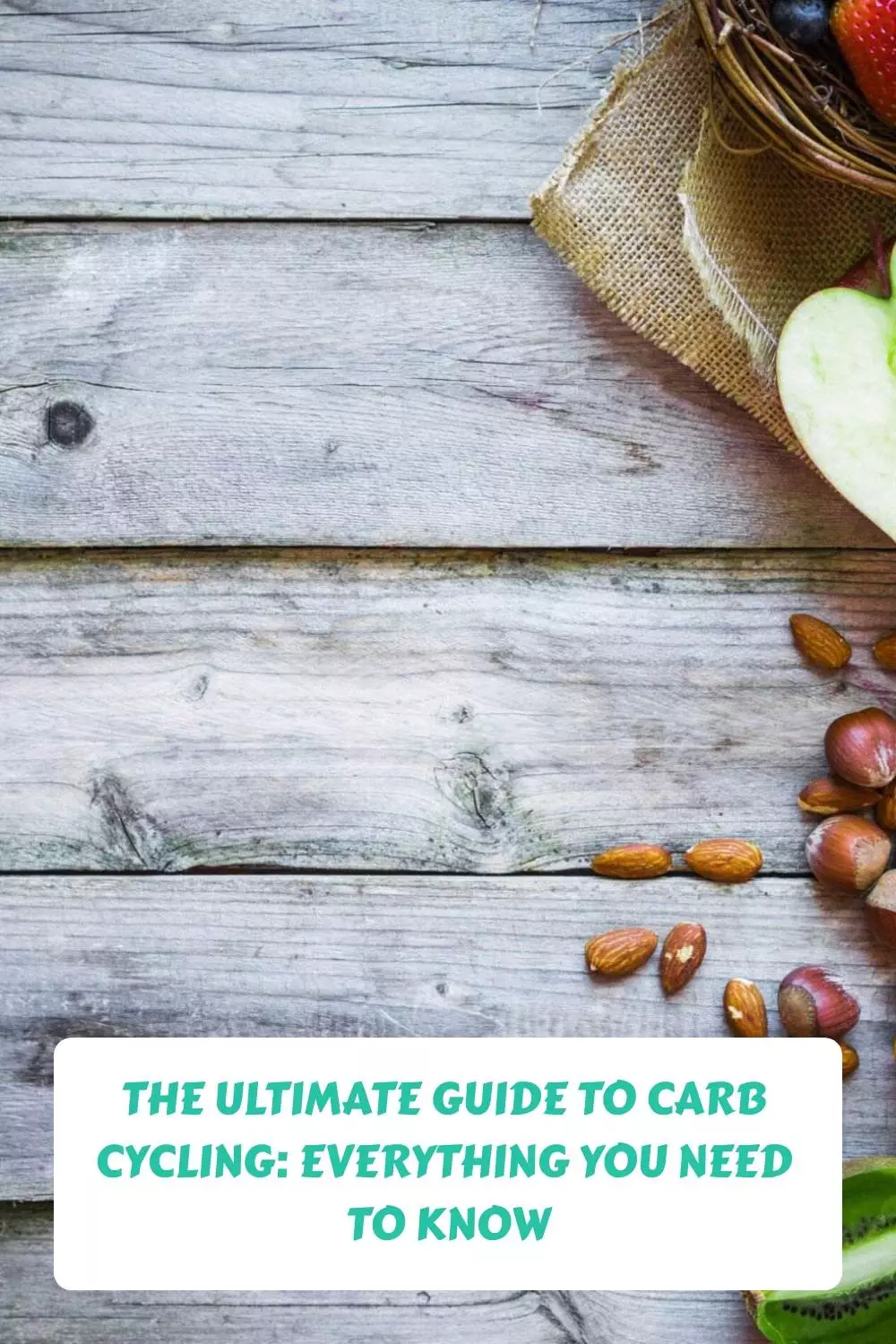
The Ultimate Guide to Carb Cycling: Everything You Need to Know
What is Carb Cycling?
Carb cycling, also known as targeted nutrition or IIFYM (If It Fits Your Macros), is a dietary approach that involves alternating between high-carbohydrate and low-carbohydrate days. The goal of carb cycling is to help you manage your insulin levels while still allowing for adequate protein intake to support muscle growth and repair. By alternating between high-carb and low-carb days, you can control blood sugar levels and promote fat loss without feeling deprived.
Benefits of Carb Cycling for Weight Loss and Performance
One of the main benefits of carb cycling is its potential to aid in weight loss. When you reduce your daily carbohydrate intake, your body will use stored glycogen before turning to stored fat for energy. This process can lead to increased fat burning and reduced hunger pangs. Additionally, by reducing your overall calorie intake on low-carb days, you may experience greater weight loss results over time.
Another benefit of carb cycling is its potential impact on athletic performance. By increasing your carbohydrate intake around workouts or competitions, you can improve your endurance and recovery times. This can be especially important for those who engage in intense training sessions or competitive sports.
How to Plan Your Carb Cycle Meal Prep
To start carb cycling, you’ll need to determine how many grams of carbs you should consume per day based on your individual needs and goals. Generally speaking, most people aim for anywhere from 50-150 grams of carbs per day depending on their activity level and desired outcome. Once you have determined your total daily carb allowance, divide it into smaller portions for each specific meal. For example, if you are allowed 75 grams of carbs per day, you might allocate 25 grams for breakfast, 30 grams for lunch, and 20 grams for dinner.
Examples of a Typical Day on the Carb Cycle
Here’s an example of what a typical day on the carb cycle could look like:
Day 1 – High-Carb Day: Breakfast: Oatmeal with banana and almond milk; Snack: Apple slices with peanut butter; Lunch: Salmon fillet with sweet potato and broccoli; Dinner: Spaghetti bolognese with garlic bread
Day 2 – Moderate-Carb Day: Breakfast: Scrambled eggs with spinach and whole grain toast; Snack: Greek yogurt with berries; Lunch: Grilled chicken salad with avocado and cucumber; Dinner: Baked cod with roasted vegetables
Day 3 – Low-Carb Day: Breakfast: Protein shake with mixed greens; Snack: Hard boiled egg; Lunch: Tuna salad wrap with celery sticks; Dinner: Steak with sauteed mushrooms and zucchini
Myths About Carb Cycling Debunked
While carb cycling has become increasingly popular among fitness enthusiasts, there are some myths surrounding this methodology that simply aren’t true. Here are a few common misconceptions about carb cycling debunked:
Myth #1: You can eat unlimited amounts of protein on low-carb days
Fact: While it’s true that you’ll likely want to increase your protein intake on low-carb days, consuming large quantities of protein isn’t necessary nor recommended. Aim to get roughly 1 gram of protein per pound of lean body mass, which typically equates to around 80-90 grams of protein per day for men and 60-70 grams per day for women.
Myth #2: All carbs are off limits on low-carb days
Fact: While it’s true that you’ll want to limit your carbohydrate consumption on low-carb days, it’s not necessary to eliminate all carbs completely. Some healthy sources of carbohydrates such as fruits, veggies, and whole grains can still be included in moderation. Just make sure they fit within your overall macronutrient targets for the day.

Myth #3: Carb cycling leads to quicker weight loss than traditional dieting methods
Fact: While carb cycling can certainly aid in weight loss efforts, it’s not necessarily more effective than other dieting approaches. In fact, research suggests that any form of caloric restriction can result in similar weight loss outcomes regardless of whether or not carb cycling is employed. Ultimately, the key to success lies in finding a sustainable plan that works best for your individual needs and preferences.

